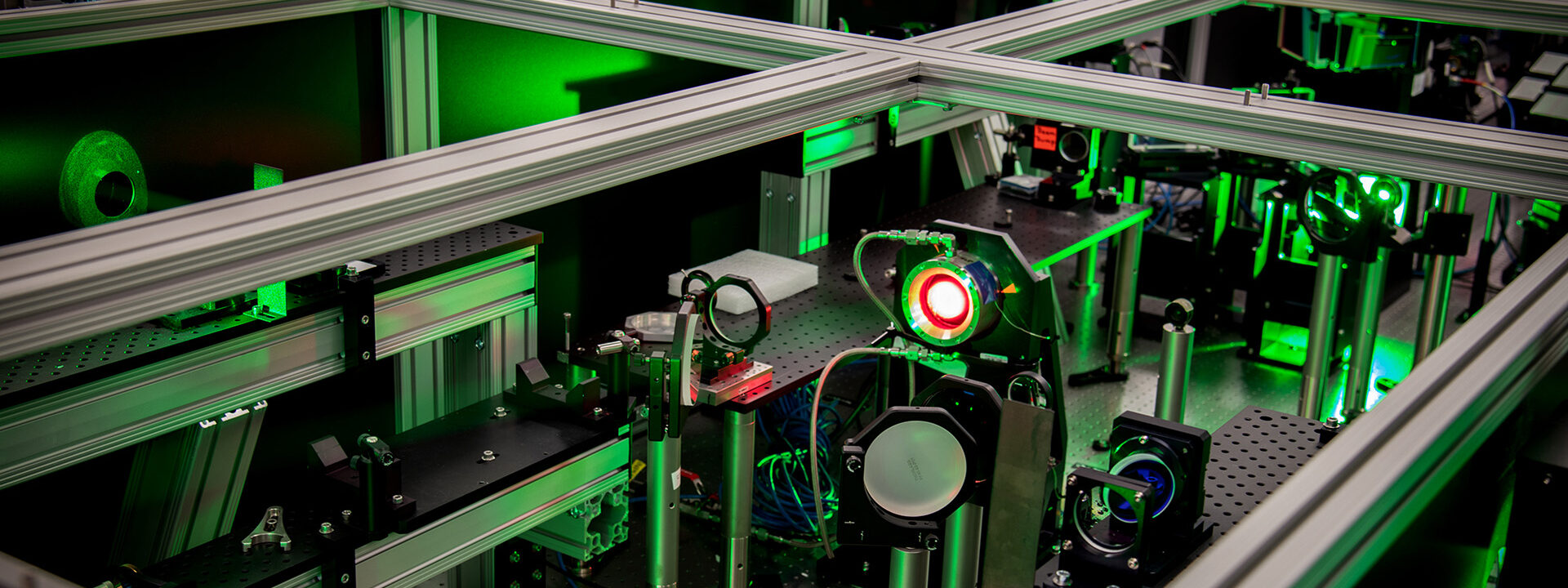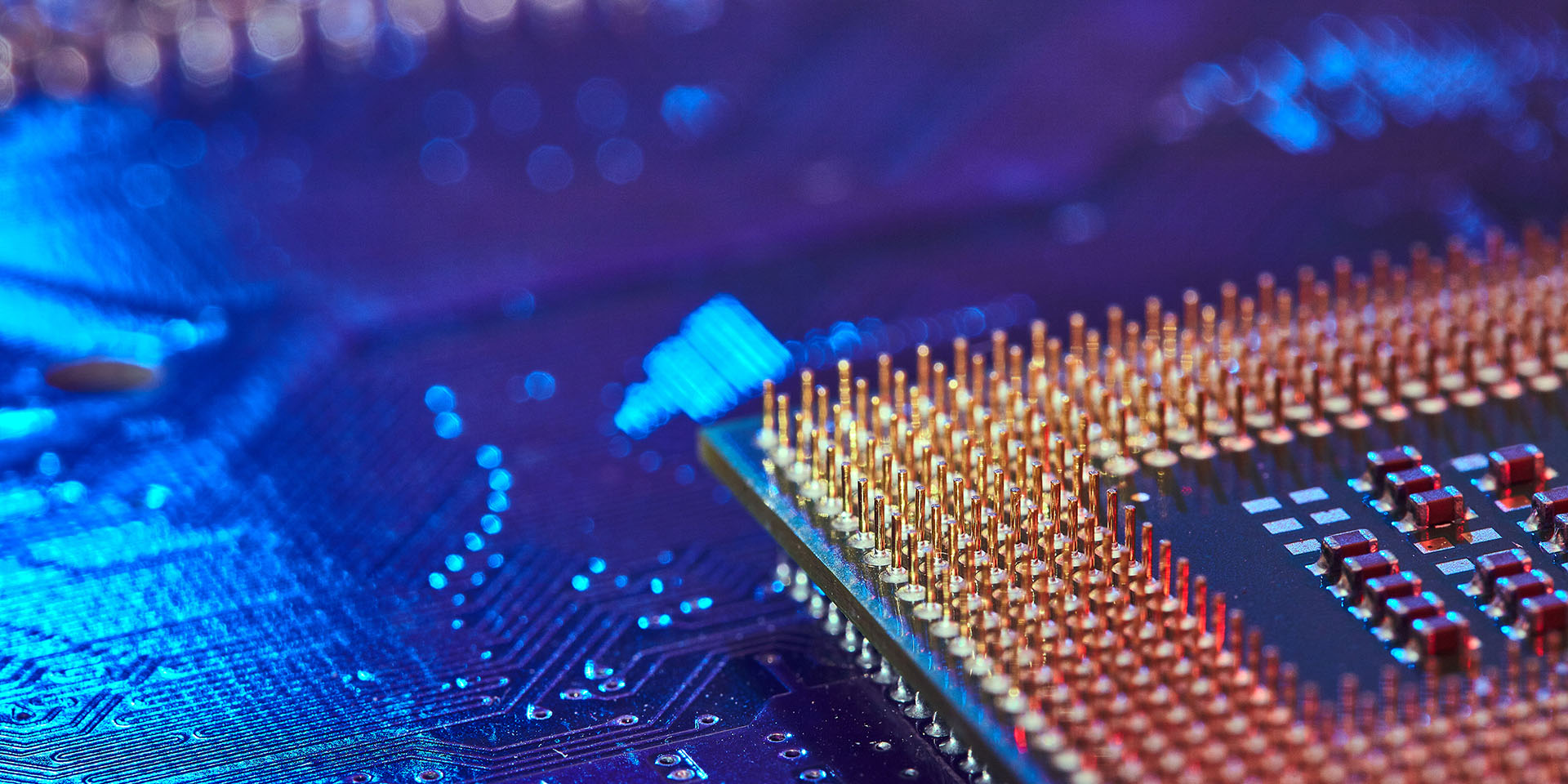Berkeley Lab has led discoveries in nuclear and particle physics since 1931, with the invention of the first modern particle accelerators. Today we continue to advance our understanding of the basic constituents of matter, from exotic nuclei to quarks, neutrinos, and the Higgs boson. We’re searching for new particles that make up dark matter and innovating at the leading edge of particle accelerator and detector design.


The ATLAS group engages in a variety of physics measurements and searches beyond the Standard Model.

DUNE is a leading-edge, international experiment for neutrino science and proton decay studies.

Berkeley Lab has roles in the neutrinoless double-beta decay experiments CUORE, MAJORANA, and SNO+; and in next-gen experiments.

Exploring the limit of the island of stability, or how many more protons and neutrons can be packed into a nucleus.

FRIB explores how the nuclear force binds nucleons into a nucleus. GRETA is a key instrument, built by Berkeley Lab, for FRIB.

Building precision detectors for cutting-edge particle accelerators across the globe.

Accelerating subatomic particles to ever higher speeds to probe the essential structure of matter.

This international collaboration provides a comprehensive summary of particle physics.

Berkeley Lab has a long history of innovation in detector instrumentation to drive discovery science in high-energy physics and cosmology. Once every decade or so, a major new innovation has emerged at Berkeley Lab to enable new scientific advances.

A mile underground, LZ will search for dark matter, which composes 85% of all matter in the universe. LZ is led by Berkeley Lab.
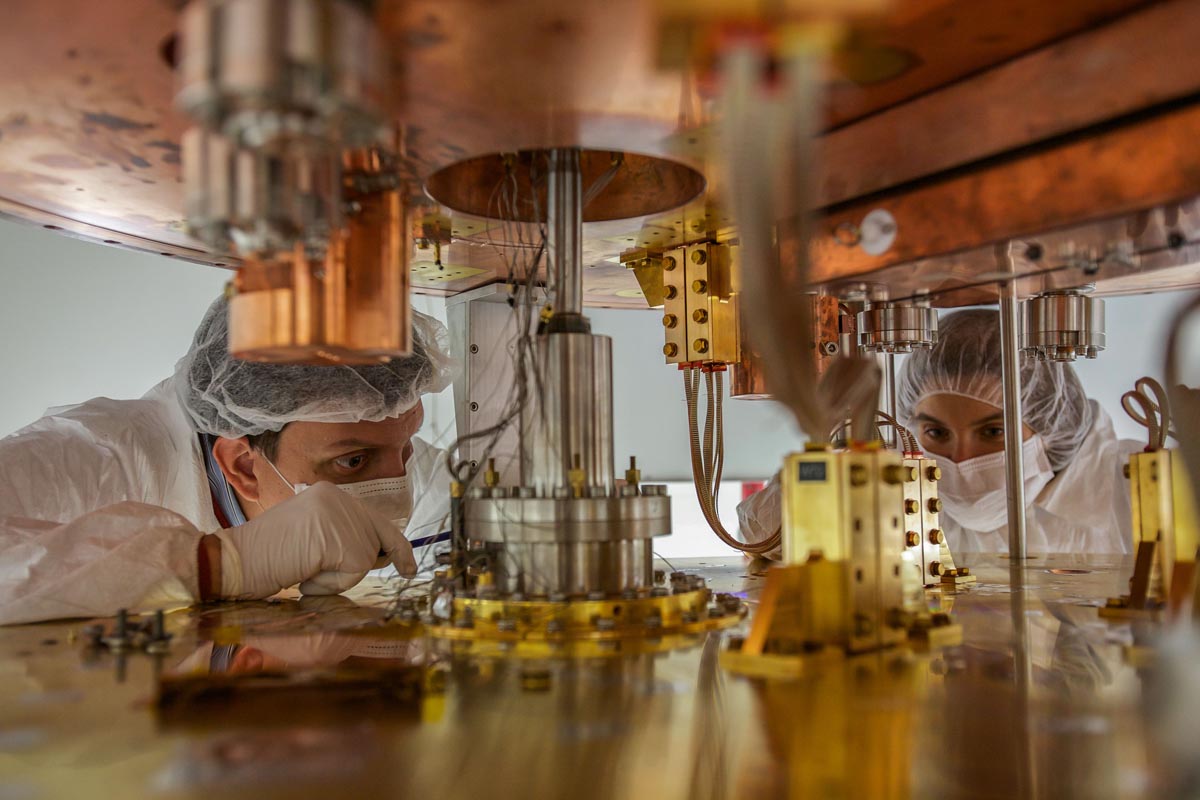
CUPID is an ultracold instrument searching for matter creation and studying fundamental neutrino properties.

LEGEND studies whether a neutrino is its own antiparticle in an isotopically enriched germanium array.

The EIC will be a unique particle international accelerator facility that collides electrons with protons and nuclei to address fundamental questions of visible matter in the universe, including how the mass and spin of the nucleon arise and the emergent properties of the dense systems of gluons that are the carriers of the strong force.

ALICE probes quark-gluon plasma’s properties through nuclei collisions at the Large Hadron Collider.

The BCTP is at the forefront of particle theory, string theory, and cosmology. Furthering our understanding of matter, spacetime, and the universe, or more specifically quantum gravity, dark matter, neutrinos, the Higgs boson, and even the multiverse, is at the heart of the BCTP’s work.

Mu2e will directly probe the Intensity Frontier as well as aid research on the energy and cosmic frontiers with precision measurements required to characterize the properties and interactions of new particles discovered at the Intensity Frontier.
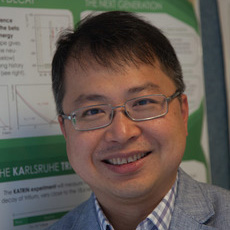
“In 2022, we were the first laboratory measurement to limit the neutrino mass to below an electron-volt. This limit will continue to be the most stringent as we improve our analysis and accumulate more data to understand the physical world better in the foreseeable future.”

“Superheavy elements are fascinating because they are incredibly rare and unstable, often existing for only fractions of a second before decaying. Studying these elements helps us unravel the mysteries of the periodic table, pushing the boundaries of our understanding of the fundamental building blocks of the universe.”
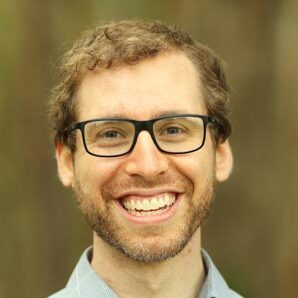
"Even though this work might not lead to practical applications in the near term, understanding the building blocks of nature is why we’re here – to seek the ultimate truth. These are steps to understanding at the most basic level what everything is made of. That is what drives me."


Using super-sensitive detectors smaller than a stamp, a new experiment is searching for dark matter at masses no other experiment has explored.
Berkeley Lab Project Scientist Jennifer Pore talks about how research in superheavy elements and isotopes can help us better understand the universe.




